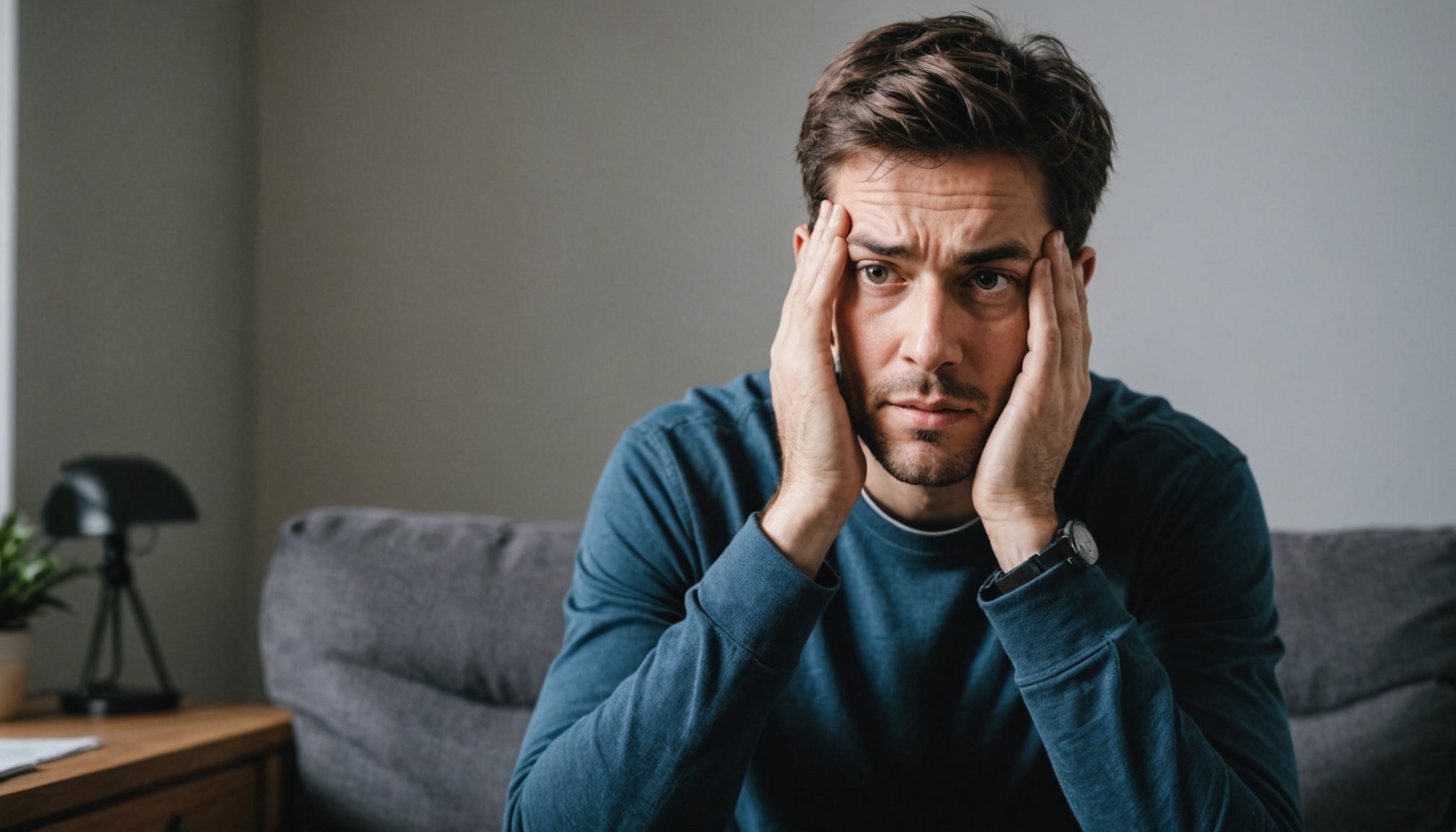Anxiety and panic attacks disrupt daily life but can be managed with practical strategies. Understanding symptoms and triggers helps you regain control. This guide offers clear steps—like relaxation techniques, lifestyle adjustments, and when to seek professional support—to reduce fear and restore calm effectively.
Understanding Anxiety and Panic Attacks
Anxiety checklist helps distinguish between general anxiety, fear, and panic attacks by identifying specific symptoms and triggers. Anxiety often involves ongoing worry and physical signs like rapid heartbeat, dizziness, and sleep issues, while panic attacks are sudden and intense, with symptoms including chest tightness, sweating, and trembling. Recognizing these signs early is crucial for effective intervention, enabling individuals to employ calming methods or seek support promptly.
Also to see : Exploring the Long-Term Health Effects of Remote Work: What You Need to Know
Physical symptoms such as shortness of breath or tingling fingers signal heightened anxiety or impending panic, serving as warning signs. Mental signs, such as obsessive thoughts or difficulty concentrating, further aid in early detection.
Efficient management relies on techniques like deep breathing exercises, grounding exercises, and mindfulness strategies. For immediate relief, distraction or guided imagery can be effective during a crisis.
Evidence-Based Strategies for Managing Anxiety
Practical Coping Mechanisms and Self-Help Techniques
Effective anxiety coping strategies often start with targeted breathing exercises. Diaphragmatic and deep breathing techniques, such as slow inhalation through the nose and extended exhalation, help activate the body’s relaxation response. Such calming breathing exercises reduce the fight or flight reaction and can disengage catastrophic thinking during high-stress moments.
Topic to read : Unlocking Neck Flexibility: Top Stretches to Enhance Your Neck Mobility
Grounding techniques, including the five senses method and body scan, are invaluable during panic attacks. The five senses method involves naming items you can see, touch, hear, smell, and taste, shifting attention away from anxious thoughts. Practising a body scan encourages awareness of physical sensations, helping to interrupt anxiety spirals.
Journaling prompts support emotional regulation and recognizing early signs of panic. Writing about stressful experiences, tracking triggers, or recording physical symptoms can offer insight for managing generalized anxiety disorder symptoms. Using journaling for emotional release makes it easier to implement tailored approaches for panic attack prevention techniques and emotional self-care.
These techniques are accessible, can be practiced anywhere, and empower people to take an active role in managing their mental wellbeing every day.
Preventive Measures and Additional Support Resources
Techniques to Prevent Panic Attacks Before They Occur
Effective panic attack prevention starts with daily lifestyle improvements. Avoiding stimulants such as caffeine and alcohol reduces the likelihood of triggering panic symptoms. Gradual exposure to anxiety-provoking situations—by facing stressors in small steps rather than avoiding them—can help change anxiety patterns over time. Visualization of calm settings and using positive affirmations for calmness enhance resilience and make anxiety coping strategies more effective.
Building Resilience and Emotional Regulation
Consistent practice of deep breathing techniques and grounding with the five senses method prepares the body to manage stress before it escalates. Structured exercises to reduce catastrophic thinking and negative self-talk reinforce emotional regulation skills. Physical activities like yoga and aerobic exercise provide significant stress management tips and release endorphins for lasting support.
External Support, Education, and Community Resources
Developing reliable support systems is critical. Peer support groups and reputable online communities normalize experiences and reduce isolation. Educational resources, anxiety-specific apps, and charities like Mind—as well as NHS mental health resources—guide individuals toward practical solutions. These networks support ongoing learning, emotional regulation skills, and daily self-care routines, encouraging continual progress.











